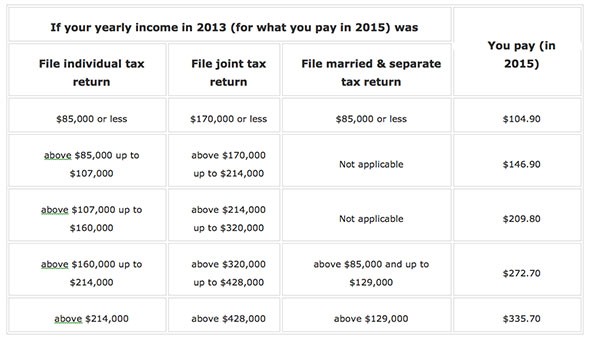Retirement Basics 401(k) v
Post on: 15 Апрель, 2015 No Comment

There are many similarities between 401(k)s and IRAs (Individual Retirement Accounts), but there are also some notable differences. How do you know which type of account you should contribute to?
Similarities:
1. You must have earned income in order to contribute to either account.
2. Both are the type of retirement accounts where you put money in pre-tax. The account balance grows (we hope) and this growth is not taxed. When you take the money out after you’ve reached retirement age, it is taxed according to your income at that time.
3. If you withdraw funds prior to age 59, then there is a hefty penalty (with the exception of some limited circumstances). For more information on the taxation of retirement accounts see this past post titled, The Differences Among Financial Accounts: A Comparison of After-Tax, IRA and Roth IRA Accounts .
1. Who sponsors the account — A 401(k) is offered through your employer, whereas an IRA, as the name implies, is an account that you open on your own at a brokerage house.
2. There are also different limits on the amount you can contribute. In 2013, that is $17,500 for an 401(k) and $5,500 for an IRA. There are also limited provisions for catch up contributions if you are over age 50.
3. Additionally, the investments you are able to hold in the account are different. In the case of a 401(k) investments are limited to the choices your employer offers. This is not necessarily a bad thing, but in some cases it is too limiting. IRAs can hold any type of asset including personally held real estate and art. It depends on the custodian you choose.

Which account should you contribute to? If your company matches 401(k) contributions, then your choice is easy. You’ll want to contribute to your 401(k) at least enough to receive the full match. There are very few rules that apply ubiquitously in personal finance, but this is one of them. If you don’t contribute and take advantage of an employers match, you’re leaving money on the table.
However, not all employers offer a match. In that case the choice might not be as straightforward. If you know you will be able to contribute more than the IRA limit of $5,500, then the 401(k) looks more appealing. This way you will be able to put away more tax advantaged retirement savings. Also, your contribution to a 401(k) could affect the taxation of your IRA contributions if you have enough to make contributions to both accounts. Another option is to put some of the funds in a Roth IRA, which will covered in another post. Keep in mind that you can roll the funds in your 401(k) into an IRA when you leave your job.
No matter which strategy you choose, setting up an automatic deposit directly from your paycheck is helpful. This way you aren’t tempted to spend the funds (because you never see them in your checking account) and you don’t forget to make a contribution. Also keep in mind that contribution limits and other restrictions will change from year to year. Additionally, your personal tax situation changes each year, which could affect the type of account you choose to contribute to. The IRS website has detailed information on contributions, early withdrawal penalties and much more.
Be sure to check with a trusted financial professional if you have any questions. Regardless of which account you choose (maybe it’s both), the important thing is that you SaveUp for retirement! Stay tuned for next week’s post and more information on retirement accounts!
This post was written by SaveUp’s personal finance contributing writer, Catherine Hawley, CFP.














